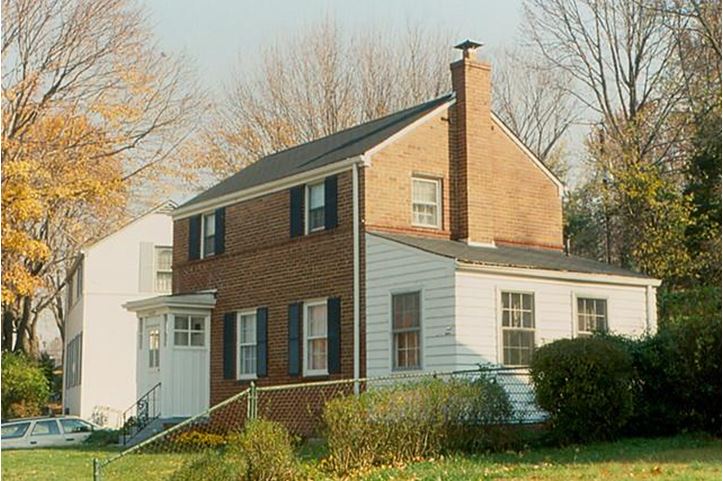Building an extension is an exciting project, but if you’re not careful, it can quickly become a pricey one, too. Before you get in over your head, follow these tips to stay on budget. While going through these points, use a cost of an extension calculator to help you plan your budget.

- Create Detailed Plans
Too many homeowners have a vision but don’t write it all down. Work with an architect to come up with very detailed plans. Before you tear anything down, you need to know what you want to do. The architect can tell you where to spend money and which things are optional.
2. Keep the Plans Simple
Although you want to add in every small detail, don’t get too carried away. While you may see ideas for your dream extension on a DIY program, that doesn’t mean you can afford it. Simple plans include buying off-the-shelf products and using standard sizes for doors and windows. Any customisations will cost you dearly in the end.
3. Consider the Groundwork
While you may dream of an extension near the trees in your garden, it may cost you more to build. Complicated groundwork requires more labour and supplies to prepare. For example, if you construct on an incline, you may need to lay a flat foundation. Too many trees mean you’ll need to hire someone to clear a path.
4. Be Your Project Manager
As long as you create clearcut plans, there’s no reason you can’t be the project manager of your extension build. If you choose this route, you’ll be responsible for hiring tradespeople, approving materials, and working with your local building authority. It’s a significant role to tackle, but it will give you more wiggle room in your budget for other details.
5. Save on VAT
To build an extension, you are looking at paying 20 per cent for labour and materials. That’s a substantial portion of your overall budget. However, it is possible to find ways around VAT. For example, hire self-employed tradespeople who will work right under the VAT threshold. You can also purchase second-hand materials from private persons to save on this costly tax.
6. Get a Party Wall Agreement Waiver
If your extension shares a wall with a neighbour or is very close to their party, you’ll need to pay £700 for a party wall agreement. This document states your neighbours agree to your building plans. To avoid paying this amount, ask your neighbour if they will sign a waiver. Keeping your neighbours informed about the project may save you a lot in the long run.
7. Take Careful Measurements
It may surprise you to learn that a lot of money waste is apparent during an expansion build because of inaccurate measurements. Always check your numbers before you make any cuts into your materials. Taking the extra time to re-measure everything is a lot cheaper than heading back to the hardware store for more timber and construction materials.
8. Recycle Everything Possible
Instead of paying to toss existing materials into a skip, find ways to recycle or repurpose them instead. For example, if you tear out an old radiator that still works, see if you can find someone else to take it off your hands. You may be able to refinish and reuse old doors and floorboards in your new extension design.
9. Negotiate Trade Discounts
Pay in cash whenever possible. It is often possible to purchase materials at wholesale or for a deep discount if you have cash on hand. Always negotiate with a supplier to see if they can make you a better offer than the listed price.
10. Consider a Mezzanine
If you only have enough money in your budget for a small extension, you can maximise the space with a mezzanine. Before you build it, make sure your roof is high enough to accommodate it. Although not large enough to walk around in, a mezzanine floor is a perfect place to add a reading nook or a sleeping area.







